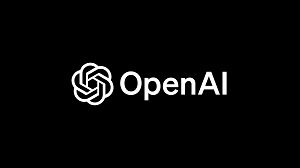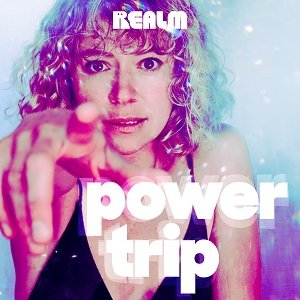On Saturday, April 22, following the 2:00 PM matinee performance of SMART, the moving new family drama by Mary Elizabeth Hamilton, everyone is encouraged to stay for a talkback discussion about the issues the play addresses. SMART dramatizes questions about how and why we let technology into our homes, and the unexpected changes tech can bring. The talkback will explore the risks and rewards of using smart devices in the home, the privacy issues we should be concerned about, how AI is changing how we live, the gap between how we think technology works and how it actually works, and the future of voice-activated AI. The audience will have the opportunity to ask questions and join the discussion.
Playwright/actor Naomi Lorrain will moderate the discussion with professor of data journalism Meredith Broussard, tech editor Sophie Bushwick, pubic interest technologist Ben Moskowitz, and playwright Mary Elizabeth Hamilton, author of SMART.
SMART is the 2023 mainstage production of the EST/Sloan Project, EST’s partnership with the Alfred P. Sloan Foundation to develop new plays “exploring the world of science and technology.”
About the Panelists
Meredith Broussard is an associate professor at the Arthur L. Carter Journalism Institute of New York University and the research director at the NYU Alliance for Public Interest Technology. She is the author of More Than a Glitch: Confronting Race, Gender, and Ability Bias in Tech (MIT Press, 2023), as well as the award-winning 2018 book Artificial Unintelligence: How Computers Misunderstand the World. Her research focuses on artificial intelligence in investigative reporting, with particular interests in AI ethics and using data analysis for social good. She appears in the Emmy-nominated documentary “Coded Bias,” now streaming on Netflix. A former features editor at the Philadelphia Inquirer, she has also worked as a software developer at AT&T Bell Labs and the MIT Media Lab. Her features and essays have appeared in The New York Times, The Atlantic, Slate, Vox, and other outlets.
Sophie Bushwick is the technology editor at Scientific American, where she runs daily tech news coverage on topics from generative AI to jumping robots. She has more than a decade of experience as a science journalist and editor based in New York City, where she works online and in print, produces podcasts and videos, and makes radio and TV appearances on shows such as Science Friday. Previously, she was a senior editor at Popular Science, and her freelance work has also appeared in other outlets including Discover Magazine and Gizmodo.
Mary Elizabeth Hamilton is a Brooklyn-based playwright, TV writer and mom. She holds her MFA from The University of Iowa and an Artistic Diploma from Juilliard. Mary was a Jerome Fellow at The Lark and has participated in Youngblood, The O’Neill, Ars Nova, I-73, New Georges' Jam, and Play Penn. Her play 16 Winters won ASC's New Contemporaries Award. She is developing her play SMART with EST, and writing a pilot based on this play for AMC. She was a Story Editor on “Why Women Kill”, wrote the podcast "Power Trip" starring Tatiana Maslany, and is a resident playwright with New Dramatists.
Ben Moskowitz is a public interest technologist focused on strengthening user agency, privacy, and security. He leads R&D at Consumer Reports, helping consumers better navigate the digital marketplace. CR’s Innovation Lab collaborates with hackers, builders and entrepreneurs on disruptive technologies that advance the public interest. Consumer Reports has developed a number of free products to help consumers improve their privacy and security, including Security Planner and Permission Slip. Ben previously served in senior roles at the International Rescue Committee and the Mozilla Foundation, and is an adjunct professor at the New York University’s Interactive Telecommunications Program.
About the Moderator
Naomi Lorrain is a Harlem-based playwright/actor. She is a 2022-2023 member of the Page 73 writers group, Interstate 73. She was a writer for the 2022 Disney Television Discovers: Talent Showcase. Her one-act comedy, THERESA, was selected for the 2022 Black Motherhood & Parenting Festival. She is an AUDELCO Awards nominee and a NY Innovative Theatre Awards nominee for Best Lead Actress for Behind the Sheet and Entangled, respectively. Theater: La Race (Page 73/WP), Mark it Down, Song for a Future Generation (Williamstown Theatre Festival), Behind the Sheet (Ensemble Studio Theatre), What To Send Up When It Goes Down (The Movement Theatre Company). TV: "Orange is the New Black" (Netflix), "Elementary" (CBS), "The Good Fight" (CBS All Access), "Madam Secretary'' (CBS).
SMART began previews on March 30 and runs through April 30 at EST. You can purchase tickets here.




















